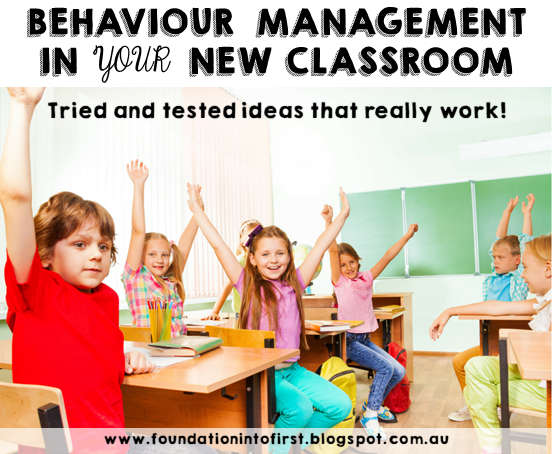Setting goals is an essential skill all students need to work on in order to keep them engaged and focused. Most children are keenly aware of academic areas they need to work on, just ask any school age child what subjects they love and which they hate and why.
Last year I began goal setting in the first week of school, primarily in order to establish areas where THEY felt they need work. I can easily see grades and work achievement standards from the previous year's data but I could not evaluate the student's own perspective on areas they needed to work on and why - without this goal setting activity.
I'm going to show you two examples of goal setting activities you can do with younger or older students, both of these are available in my Goal Setting Pack for 2018 (this will be updated each year).
Younger students
For students in Foundation to Year 2, you will need to keep the focus on ONE specific goal. Students will mostly likely select 'maths' or 'reading' but you will need to guide them to something specific and measurable such as:
I will learn my times tables up to 10
or
I will learn all of my yellow sight words
Keep the goals short but attainable in a reasonably short space of time.
Next, how will students know they have reached their goal? What will success look like for students in your class? Will they move up the reading wall? or get a certificate from you to take home? You will already have an idea of how you will celebrate success and this is where you can explain it to students.
The rocket creates a fantastic wall display and you can top it off with the additional signage provided in the pack.
Older students
For students in grades 3- 6 I recommend the flip book contained in the Goal Setting Pack for 2018. Here are the steps I would use to talk students through the different stages.
My Goals
As above, get students to be specific about their goals. Last year I had a student who said "I want to get a C in English!" this was what she had actually been told by her parents. However, what does a C look like? This is where you will need to guide the student into curriculum specific areas such as:
I will write in complex sentences.
or
I will use noun groups when writing descriptive sentences.
This gives students a very specific goal to work on. I suggest getting students to think of ONE English, ONE maths and ONE other goal (this could be getting on a sports team or joining a club and doing well).
Strategies I will use
How will they achieve their goals? Here you will need to give your students lots of examples of the ways in which they can reach their goals within your classroom/school setting such as:
I will read for 15 minutes each night.
or
I will ask for help with my maths homework if I do not understand it.
These are strategies you can keep referring back to all year "remember when you said you would come and ask me if there were parts you did not understand of the homework?" - refer to flip book.
Reaching my goals
How will students know they have reached these goals? Improving their grade is the most obvious way but you will need to structure some tangible ways they can show they have achieved their goals such as giving them an award at parade, classroom recognition on the writing wall... etc.
What will success look like?
Don't let students skip this step and write 'happy' in the boxes. This is THE most important step. They need to visualise what success looks like, sounds like, feels like. Yes they will feel 'happy' (here is your chance to force them to expand their word bank!) but what will success sound like? Cheers? Claps? Mum and Dad saying 'well done' ? Only your student will know what incentive they will need to drive them on towards their goal.
You can download the Goal Setting Pack for 2018 here and it comes with both the rocket flip book, standard flip book and wall sign.























